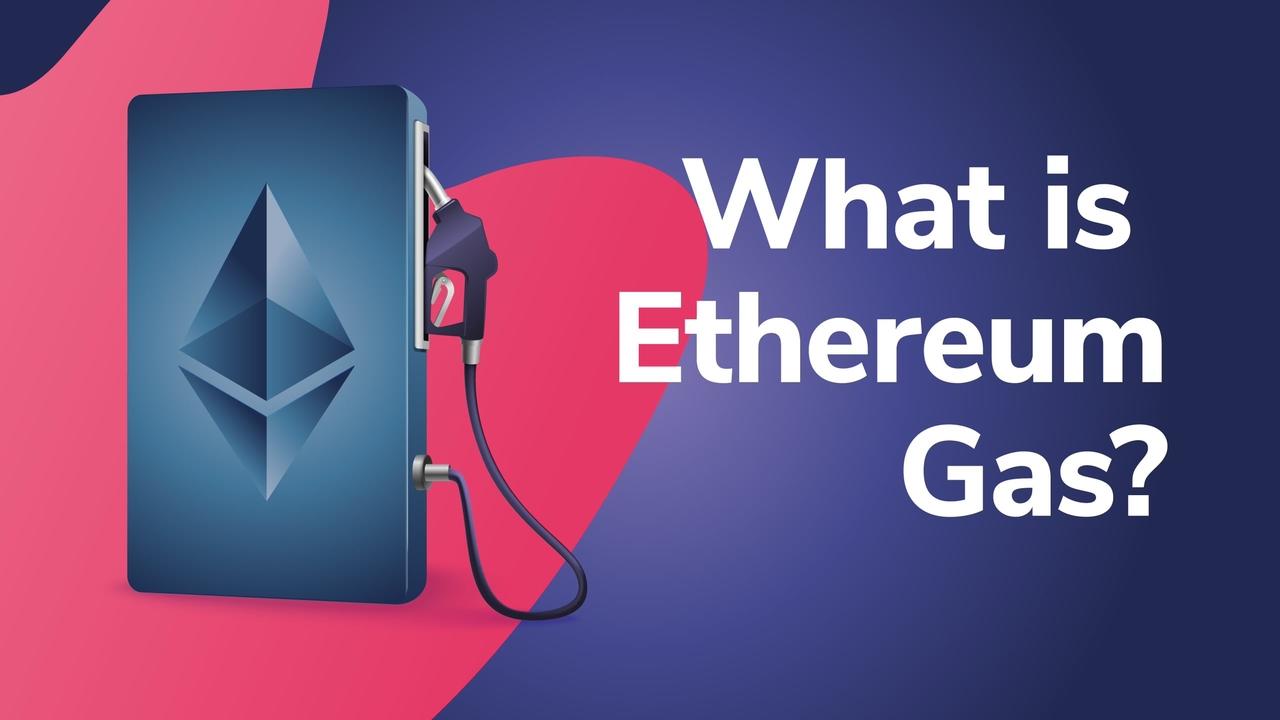Ethereum, a pioneering force in decentralized technology, has reshaped the blockchain landscape.
Beyond a typical cryptocurrency, Ethereum’s smart contracts foster decentralized applications (DApps). In the dynamic blockchain sphere, a profound understanding of Ethereum’s gas fees is essential for informed investor decisions. Gas fees, incentivizing miners, are the lifeblood of the network. Navigating this intricate ecosystem demands a comprehensive grasp of gas fee evolution. This exploration covers fee origins, influencing factors, historical trends, and the anticipated impact of Ethereum 2.0. Consider the emergence of alternative solutions, like the https://immediate-mspark.com/, for decentralized asset exchange.
Genesis of Gas Fees on Ethereum
Early Days and the Absence of Gas Fees
In Ethereum’s nascent stages, transactions were fee-free, reflecting the experimental nature of the blockchain. However, as the network matured, the introduction of gas fees became imperative to ensure the integrity and efficiency of transactions.
Emergence of Gas Fees: Necessity Unveiled
Gas fees emerged as a crucial element, preventing network abuse and ensuring a fair and efficient transactional environment. The shift from a fee-free model marked a pivotal moment in Ethereum’s evolution, emphasizing the need for a sustainable and secure blockchain network.
Initial Impact on User Experience and Adoption
The introduction of gas fees initially posed challenges to user experience and adoption. Transaction costs became a consideration for users, influencing their interaction with the Ethereum network. This shift set the stage for ongoing developments to optimize fees and enhance user engagement.
Factors Influencing Gas Fees
Network Demand and Scalability Challenges
Gas fees are intricately linked to network demand, with high demand leading to increased fees. Ethereum faces scalability challenges due to its popularity, necessitating ongoing improvements to accommodate a growing user base without compromising transaction speed or cost.
Ethereum Improvement Proposals (EIPs)
To address scalability and fee concerns, Ethereum introduced Ethereum Improvement Proposals (EIPs). These proposals serve as a framework for implementing upgrades, continually refining the protocol to enhance efficiency, scalability, and user experience.
Technological Developments Addressing Gas Fee Concerns
Technological advancements, such as layer 2 solutions, have aimed to alleviate gas fee concerns. These developments focus on optimizing transactions off-chain, reducing congestion, and enhancing the overall efficiency of the Ethereum network.
Historical Analysis of Gas Fee Trends
Gas Fee Spikes during Key Market Events
Examining historical gas fee data reveals notable spikes during key market events. Understanding these fluctuations is essential for investors to anticipate and navigate potential challenges in the ever-evolving crypto landscape.
Impact of DeFi and NFTs on Gas Fees
The rise of decentralized finance (DeFi) and non-fungible tokens (NFTs) has significantly contributed to increased gas fees. The popularity of these applications underscores the importance of adapting to the changing dynamics of the Ethereum ecosystem.
Comparison with Other Blockchain Networks
Analyzing gas fees on Ethereum in comparison to other blockchain networks provides valuable insights into the competitive landscape. Investors benefit from understanding how Ethereum fares in terms of transaction costs and overall network efficiency.
Ethereum 2.0: The Beacon of Scalability
Overview of Ethereum 2.0
Ethereum 2.0 represents a monumental shift in Ethereum’s consensus mechanism, transitioning from proof-of-work to proof-of-stake. This upgrade holds the promise of significantly improving scalability and reducing gas fees, marking a critical step forward for the Ethereum network.
Expected Improvements in Scalability
Ethereum 2.0 aims to address scalability challenges by introducing shard chains. This multi-phase upgrade envisions a scalable and secure blockchain, providing a more sustainable environment for transactions.
Implications for Investors and the Broader Crypto Ecosystem
Investors should closely monitor the developments of Ethereum 2.0, as its successful implementation could have profound implications for the broader crypto ecosystem. Reduced gas fees and enhanced scalability could drive increased adoption and further solidify Ethereum’s position in the market.
Mitigating Gas Fee Challenges
Layer 2 Solutions
To optimize transactions, layer 2 solutions have gained prominence. These off-chain scaling solutions enable faster and more cost-effective transactions, contributing to a more seamless user experience.
Refined Fee Models and Dynamic Pricing Strategies
Ongoing efforts to refine fee models and implement dynamic pricing strategies aim to create a more adaptive and responsive fee structure. These innovations seek to ensure that users are charged fairly based on network conditions.
User Strategies for Minimizing Gas Fees
Users can employ various strategies to minimize gas fees, including choosing optimal transaction times, utilizing gas fee prediction tools, and exploring alternative networks or layer 2 solutions. Empowering users with these strategies contributes to a more efficient and user-friendly Ethereum ecosystem.
Future Outlook and Considerations for Investors
Anticipated Developments in Gas Fee Landscape
Looking ahead, anticipated developments in the gas fee landscape include ongoing upgrades, the impact of Ethereum 2.0, and potential innovations in fee structures. Investors should remain vigilant and adapt their strategies to navigate the evolving Ethereum ecosystem.
Impact on User Experience and Adoption
Changes in gas fees will inevitably influence user experience and adoption. Investors should consider how these changes align with broader trends in the crypto space and assess their implications for the long-term viability of Ethereum.
Recommendations for Investors
Navigating the evolving gas fee landscape requires strategic thinking. Investors are encouraged to stay informed, diversify their portfolios, and consider the long-term sustainability of projects in which they invest. Adapting to the evolving dynamics of the market is essential for success in the ever-changing world of cryptocurrencies.
Conclusion
In conclusion, this article explores Ethereum’s gas fees evolution, covering inception to current dynamics and future prospects. Key points include gas fees’ pivotal role, dynamic factors shaping variations, historical patterns, Ethereum 2.0’s transformative impact, and effective challenge-addressing strategies. Investors are urged to engage with Ethereum, armed with a nuanced gas fee understanding. Emphasizing informed decision-making, adaptability, and proactive approaches, investors can navigate the evolving blockchain landscape. Ethereum’s continuous evolution, particularly in gas fees, significantly influences user experience, adoption, and network success, necessitating vigilant and flexible investor positioning.




